Australia’s ‘voice’ for Indigenous people failing to spark a fire in the Outback
Ahead of a nationwide referendum on Indigenous issues on 14 October, Praveen Menon talks to members of the community
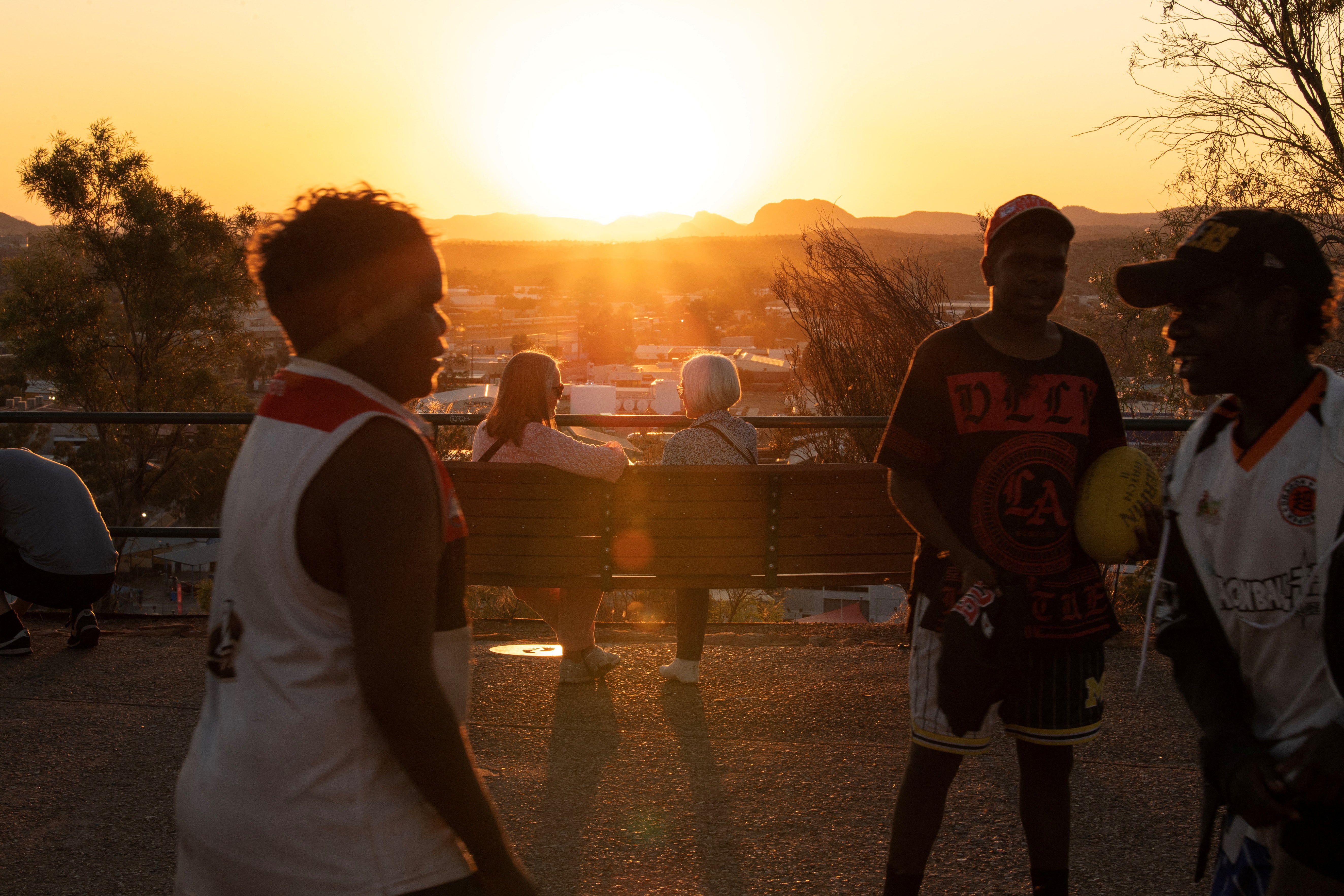
In the dusty Outback village of Areyonga, Tarna Andrews sat in the local schoolyard and rolled off a catalogue of problems afflicting her largely Indigenous community: a lack of jobs; inadequate health services; spotty internet.
Andrews has spent 38 years teaching in this tiny settlement, where dogs roam red-dirt streets some 135 miles from the nearest large town, Alice Springs.
On this cloudless afternoon, she was looking for answers but coming up short. Would Australia’s 14 October referendum on Indigenous issues, if successful, mean better housing, jobs, medical care and other improvements in Areyonga, known locally as Utju, where many live hand-to-mouth?
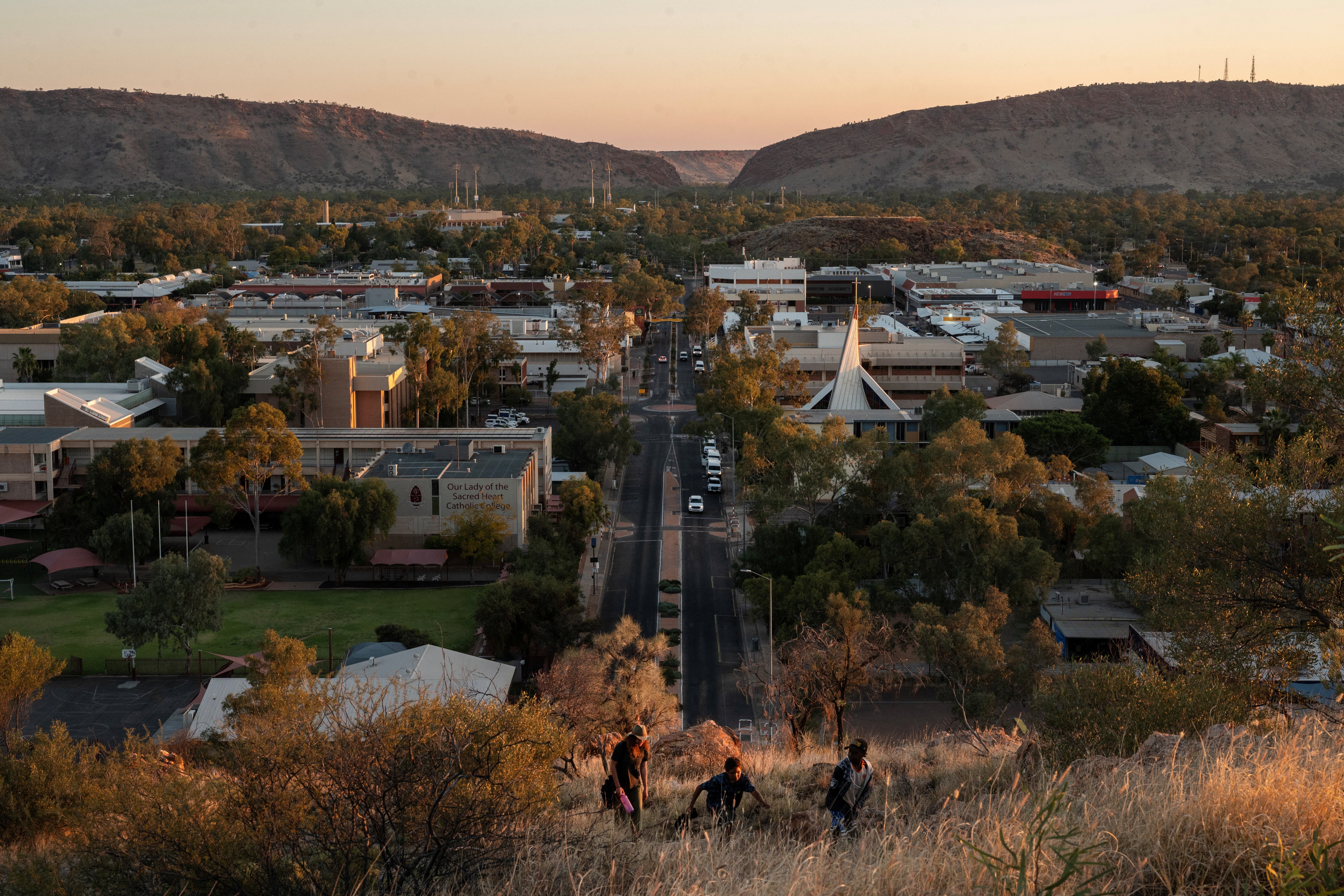
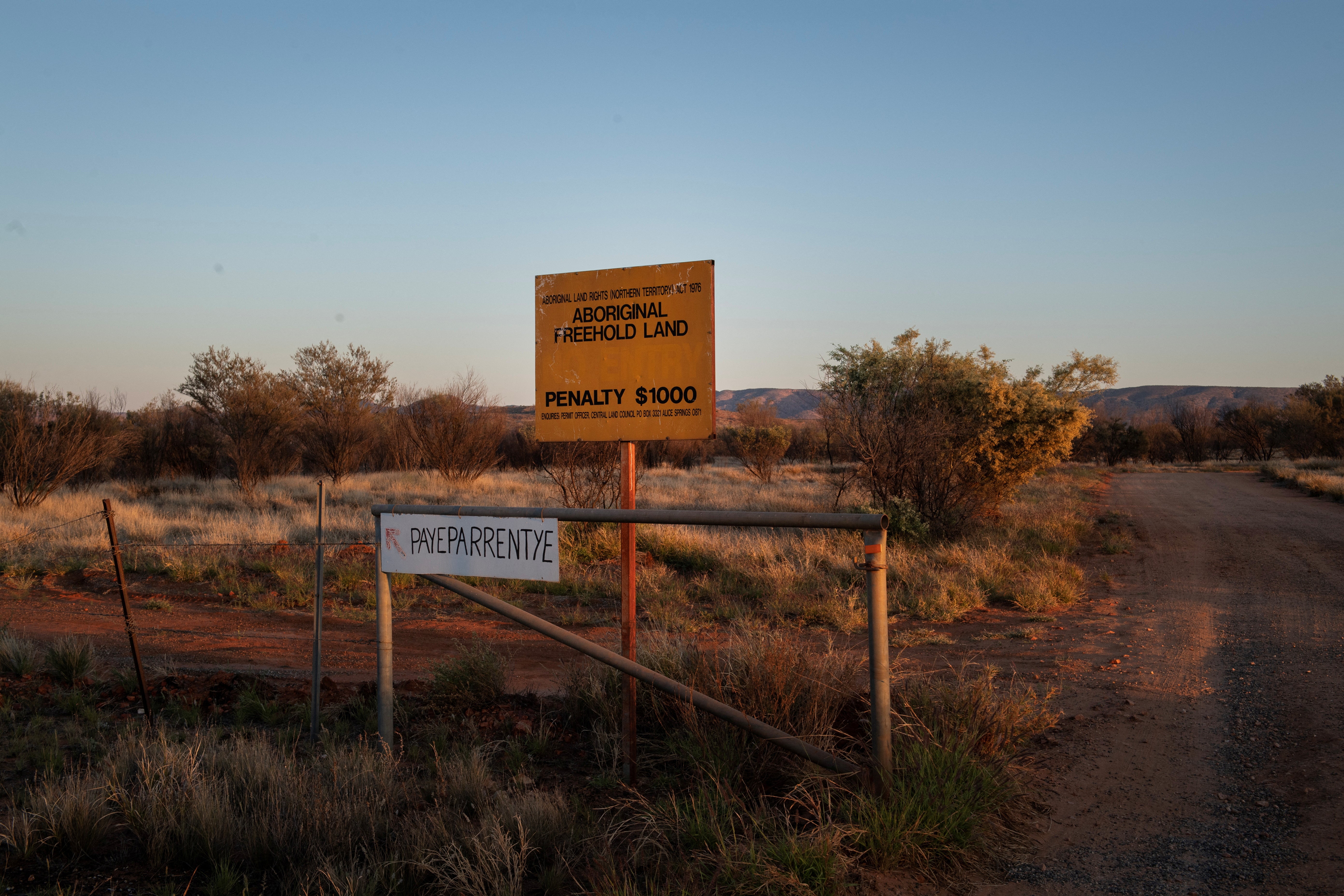
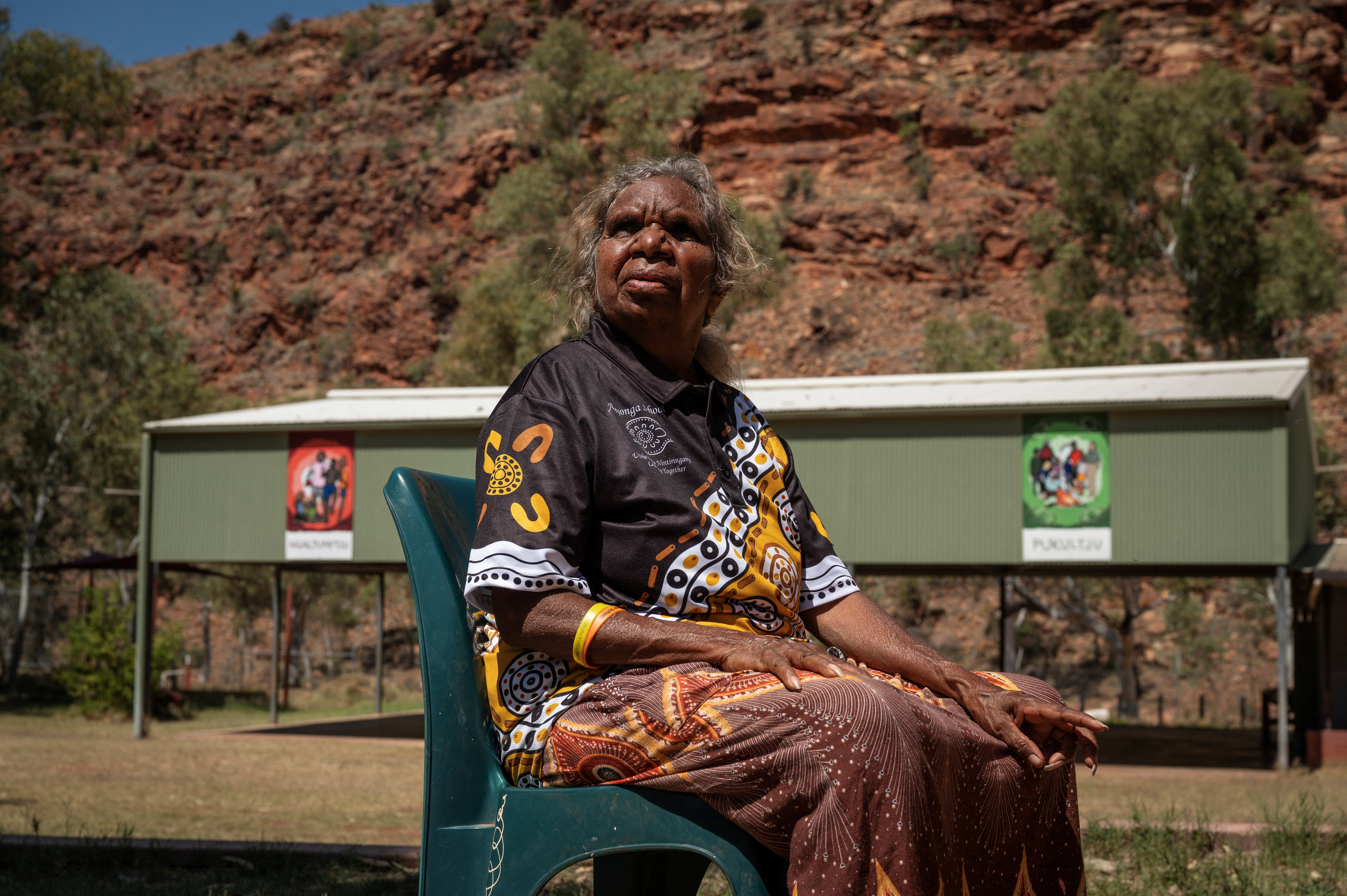
“We don’t see people coming from the government, coming and talking about what we need,” Andrews, who is Indigenous, said in an interview. “If I vote, is the government going to listen to me?”
In just over a week, Australians will vote on whether to recognise Aboriginal and Torres Strait Islander people in the constitution and enshrine in it an advisory body called the Voice to Parliament that would give non-binding advice to lawmakers on matters concerning the continent’s first inhabitants. Polls show the measures are likely to be defeated.
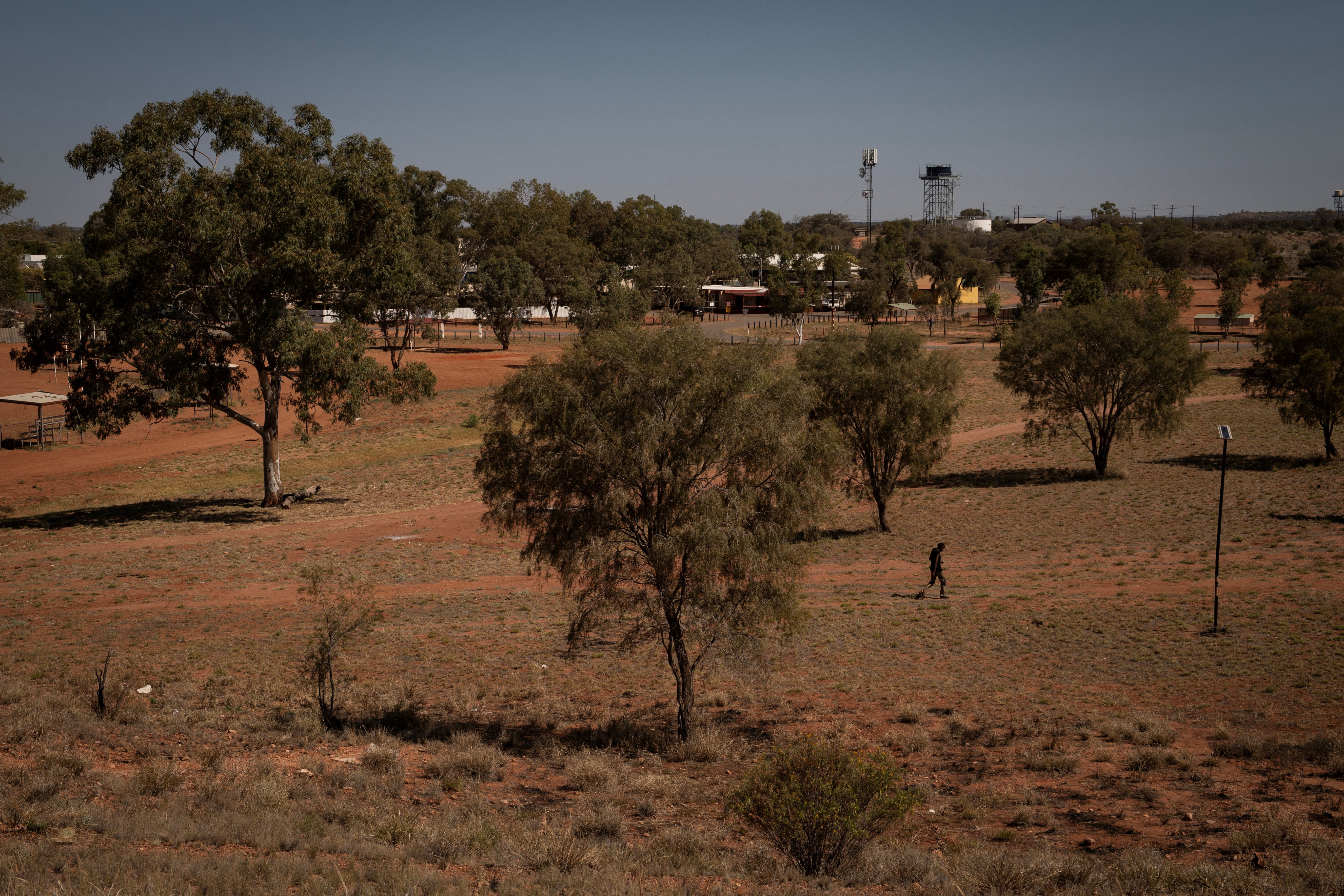
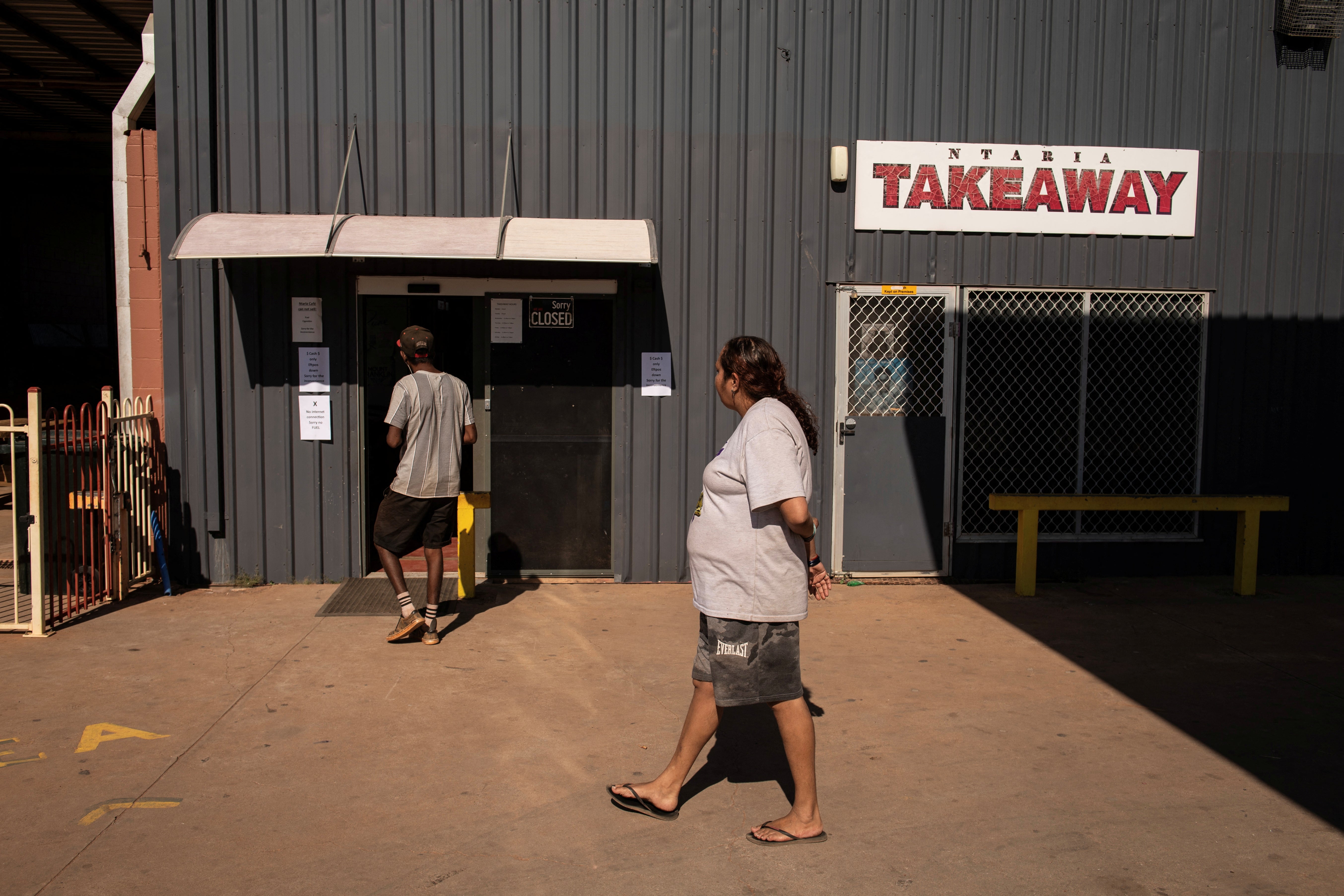
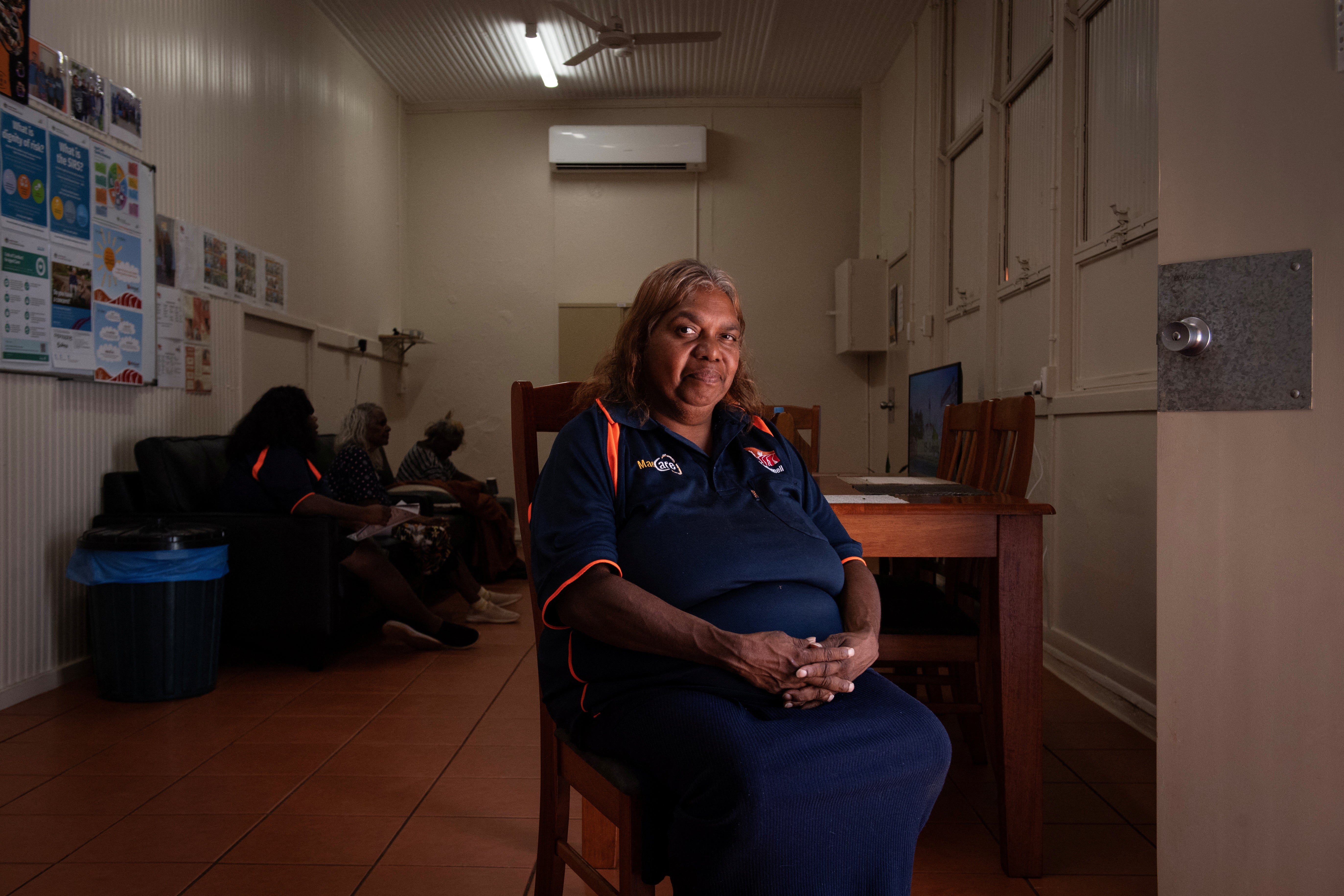
The Voice had its genesis in the Uluru Statement From the Heart, a 2017 document setting out a roadmap for Indigenous relations with wider Australia. Its last paragraph says First Nations people “seek to be heard”.
But six years later, more than two dozen people in Areyonga and elsewhere in the Indigenous heartland of Australia’s Northern Territory revealed in interviews with Reuters last month how the Voice is struggling to connect with some of the people it is primarily designed to help.
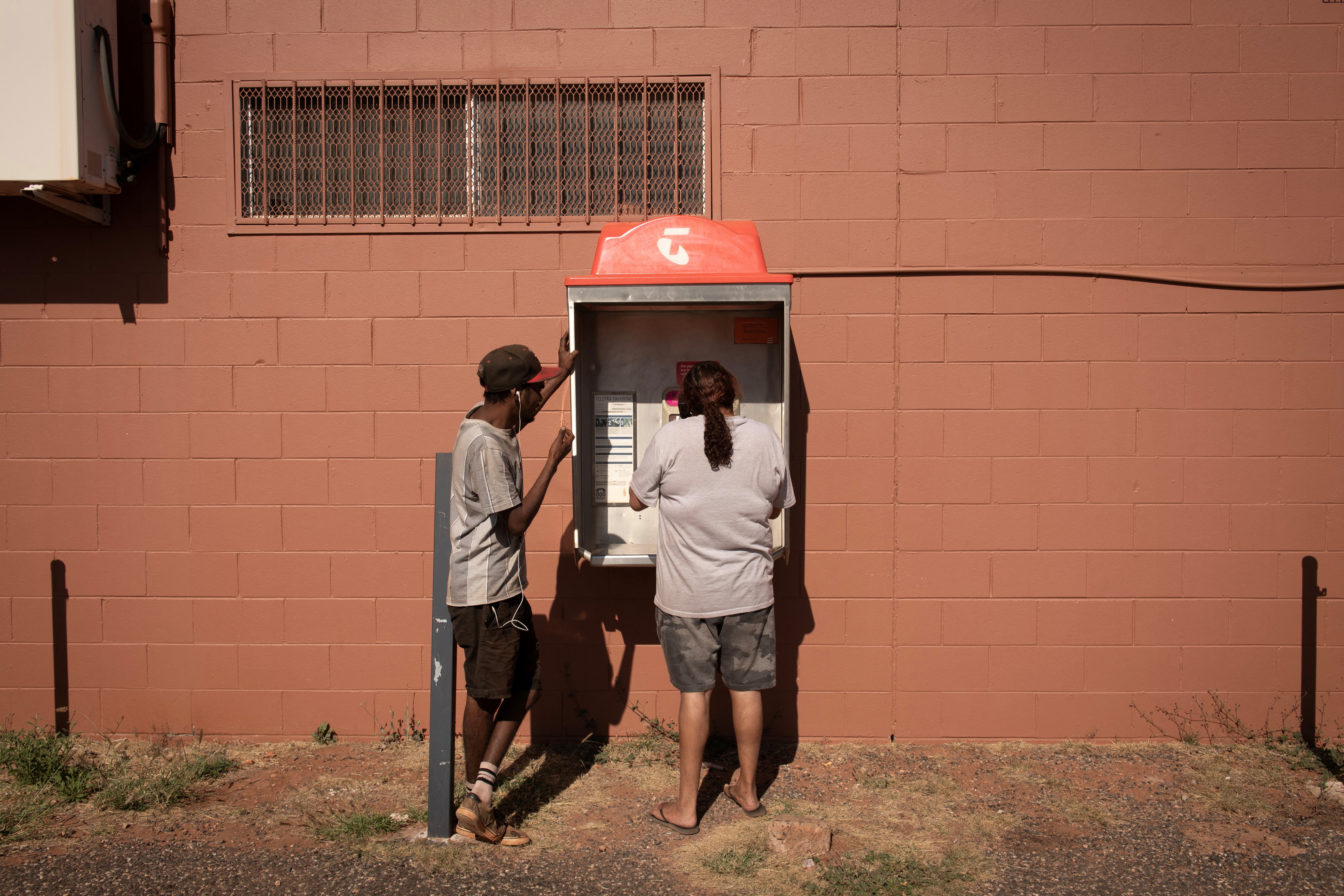
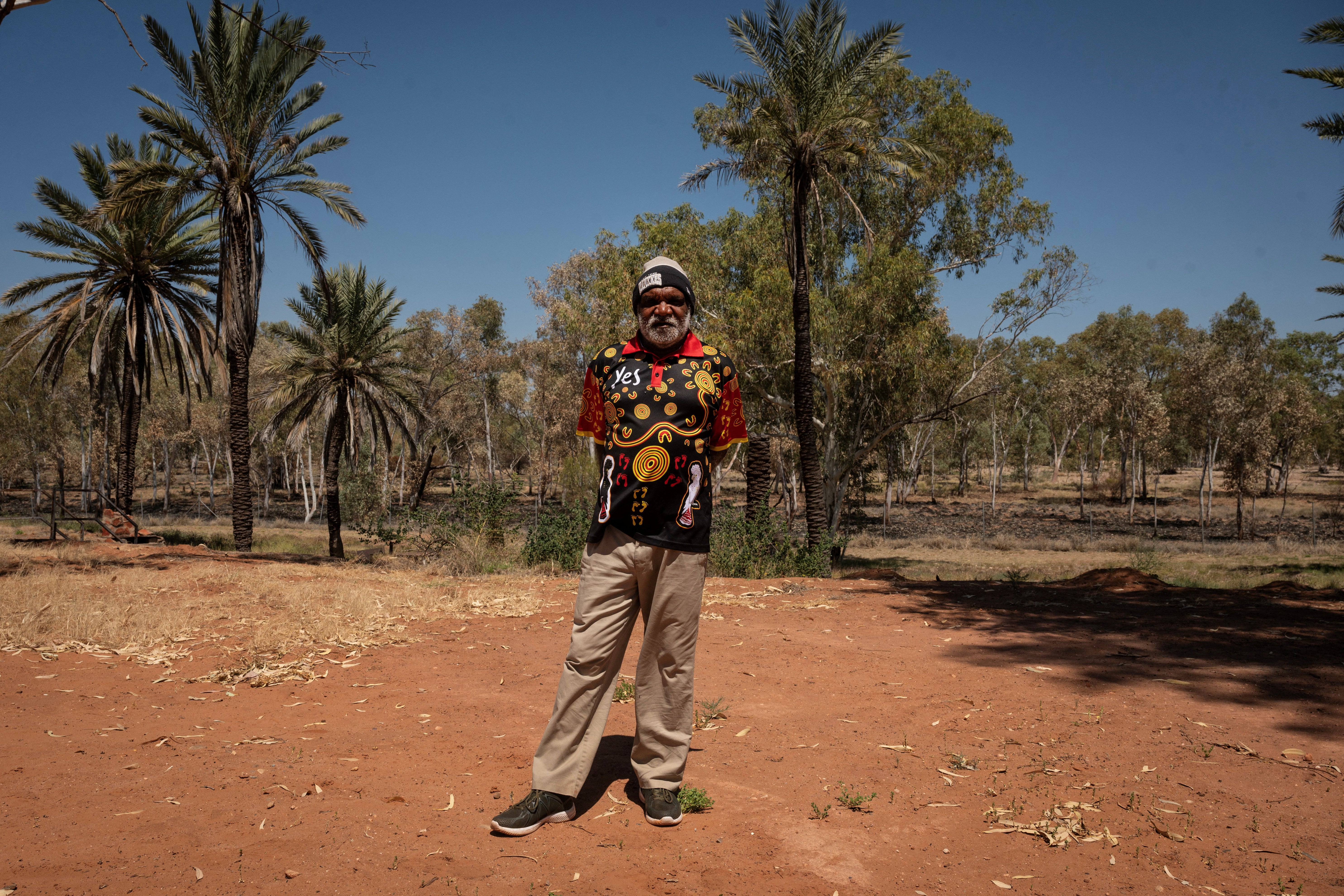
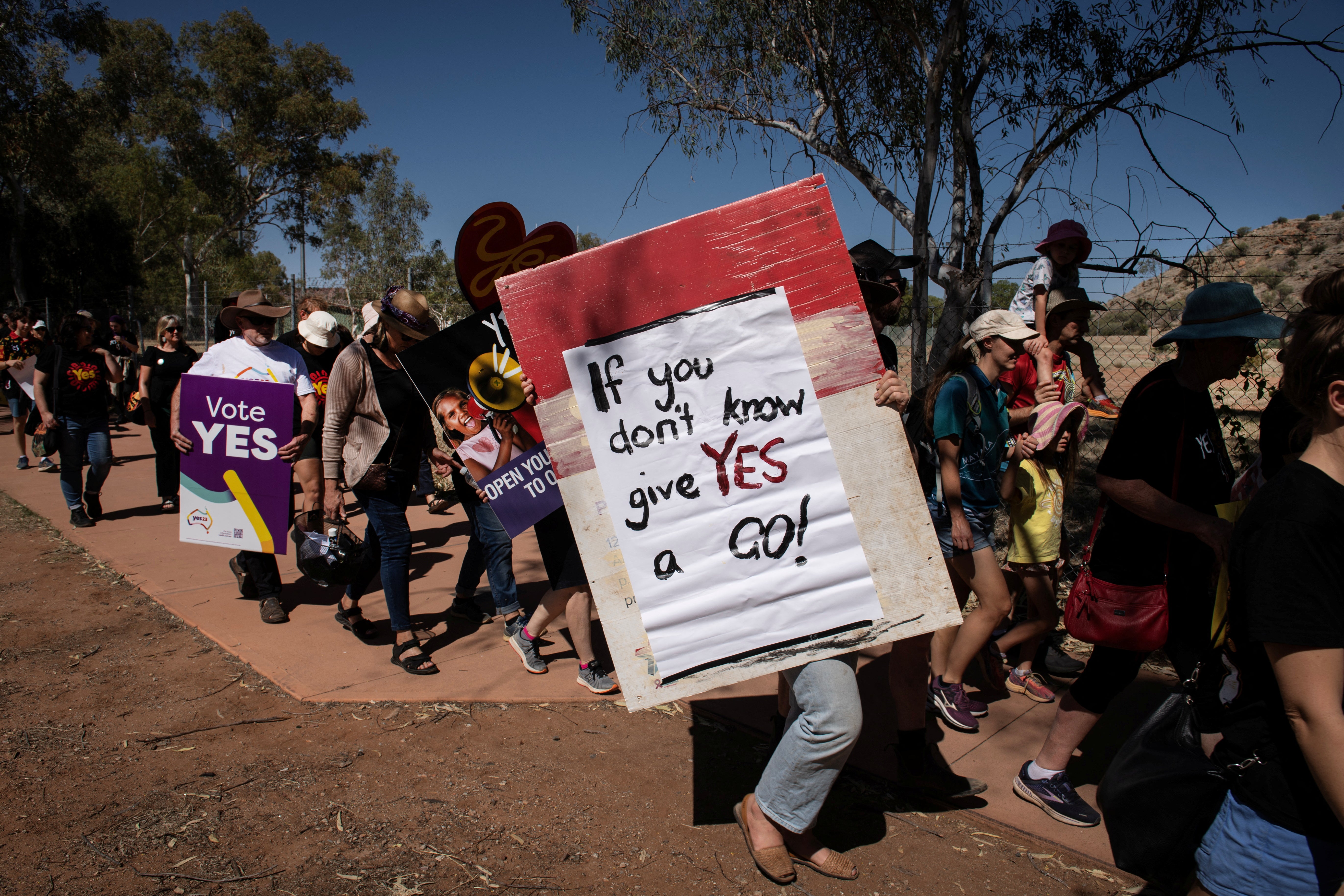
While only two people were outright opposed to the Voice, most cited a lack of information about it within their communities and confusion about its purpose. Several said they had not heard of it.
Even those like Andrews who indicated they would vote for the change questioned whether it would address their practical, day-to-day struggles, from crumbling houses to a lack of paved roads.
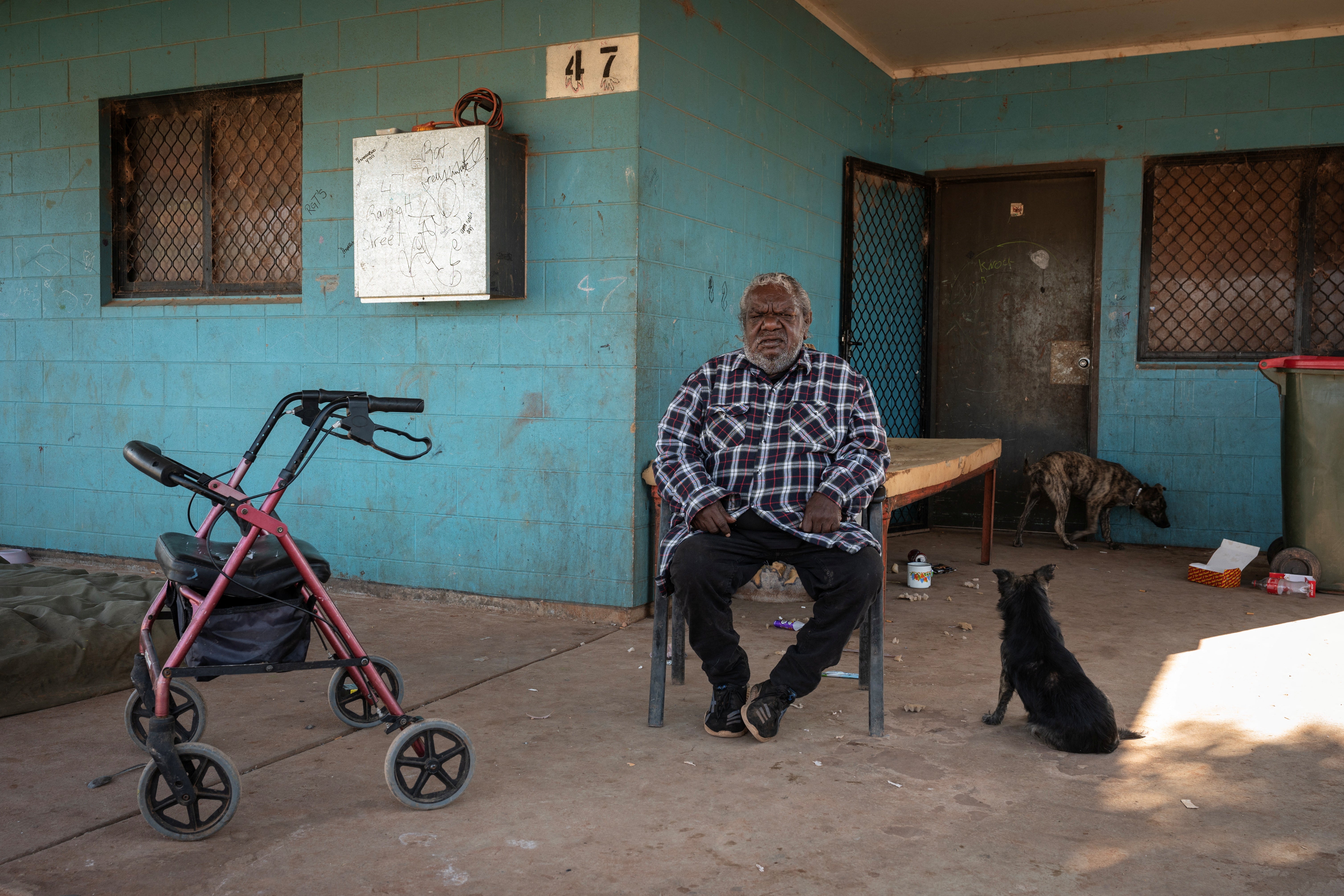
“It’s a really tough question for Aboriginal people,” said Sarah Gallagher, a 48-year-old Indigenous healthcare worker, who was undecided. “People should come to our community and explain to us about the vote.”
Surveys show nationwide support for the Voice declining from around 60 per cent earlier this year to around 40 per cent, with voters prioritising economic issues instead. Experts have partly attributed the slump to misinformation, along with a lacklustre “Yes” campaign and conservative opposition.
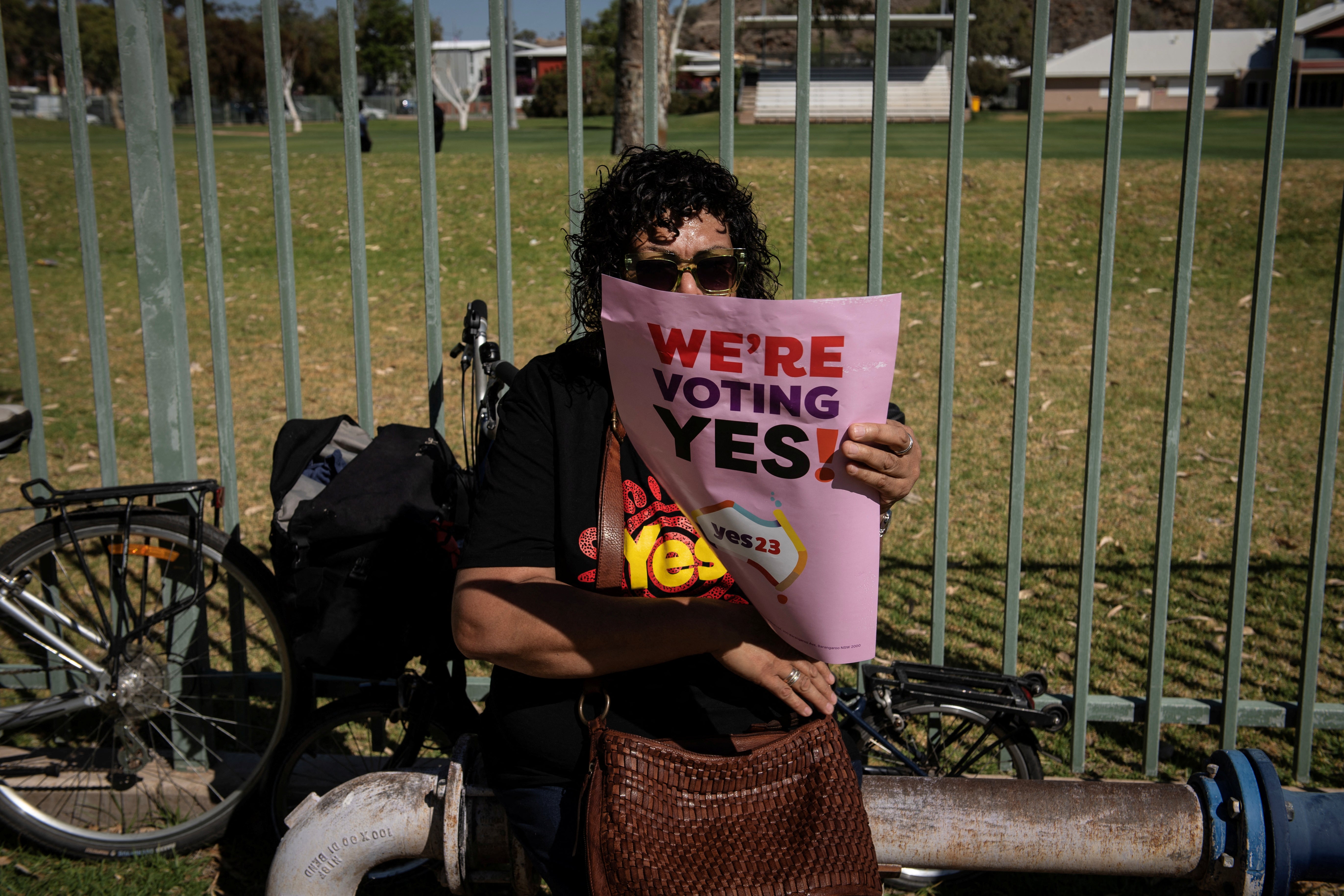
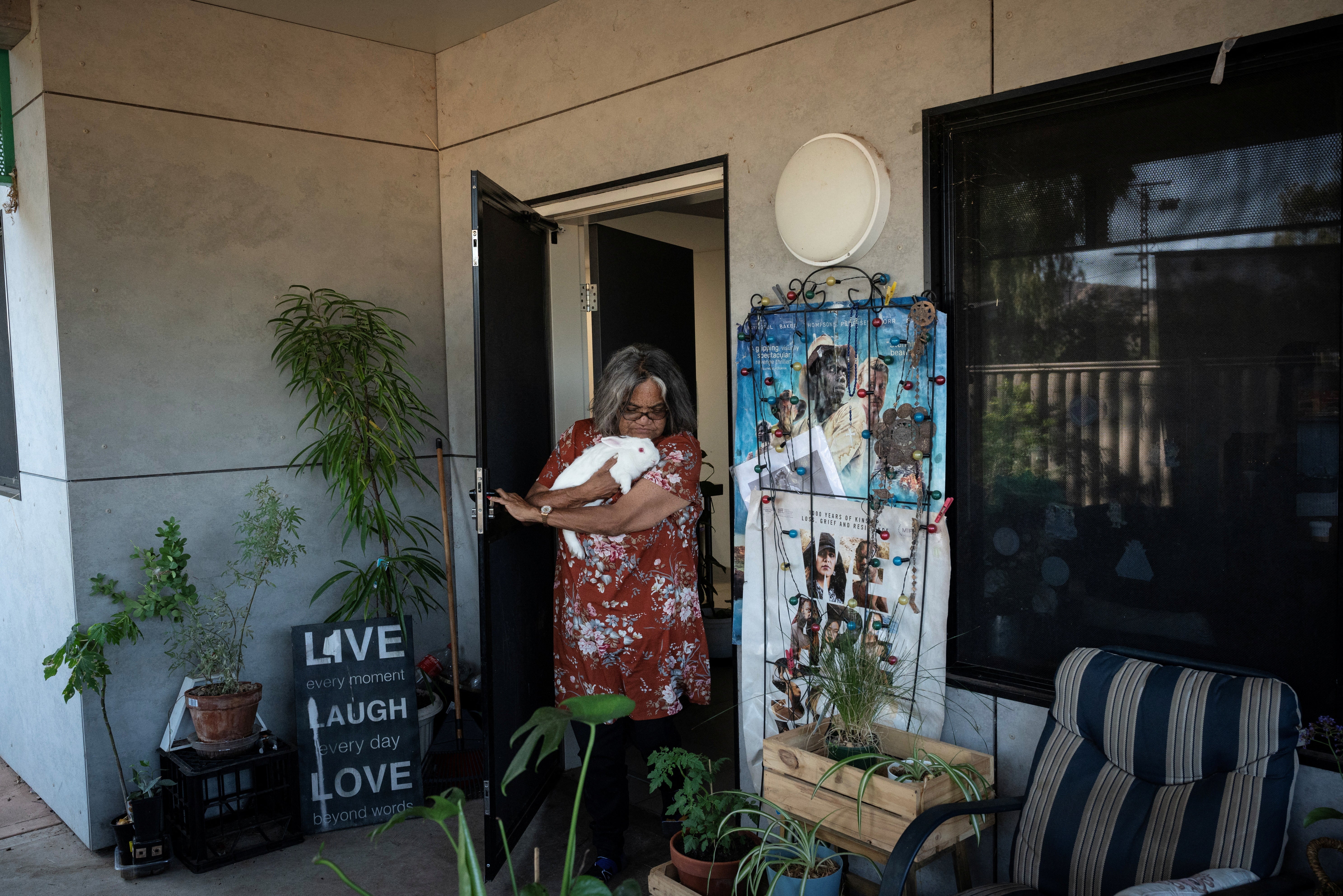
Prime Minister Anthony Albanese, whose centre-left Labor government supports the proposal, has described it as a once-in-a-generation opportunity to help close a glaring gap in socio-economic outcomes between Indigenous and non-Indigenous Australians. He has resisted calls to offer more detail, saying the design of the Voice would be determined by parliament through legislation.
“People say to me, ‘What is the Voice about?’ It’s about recognition and listening so as to get better results. That’s all it’s about,” Albanese said during a visit to the Northern Territory in August.
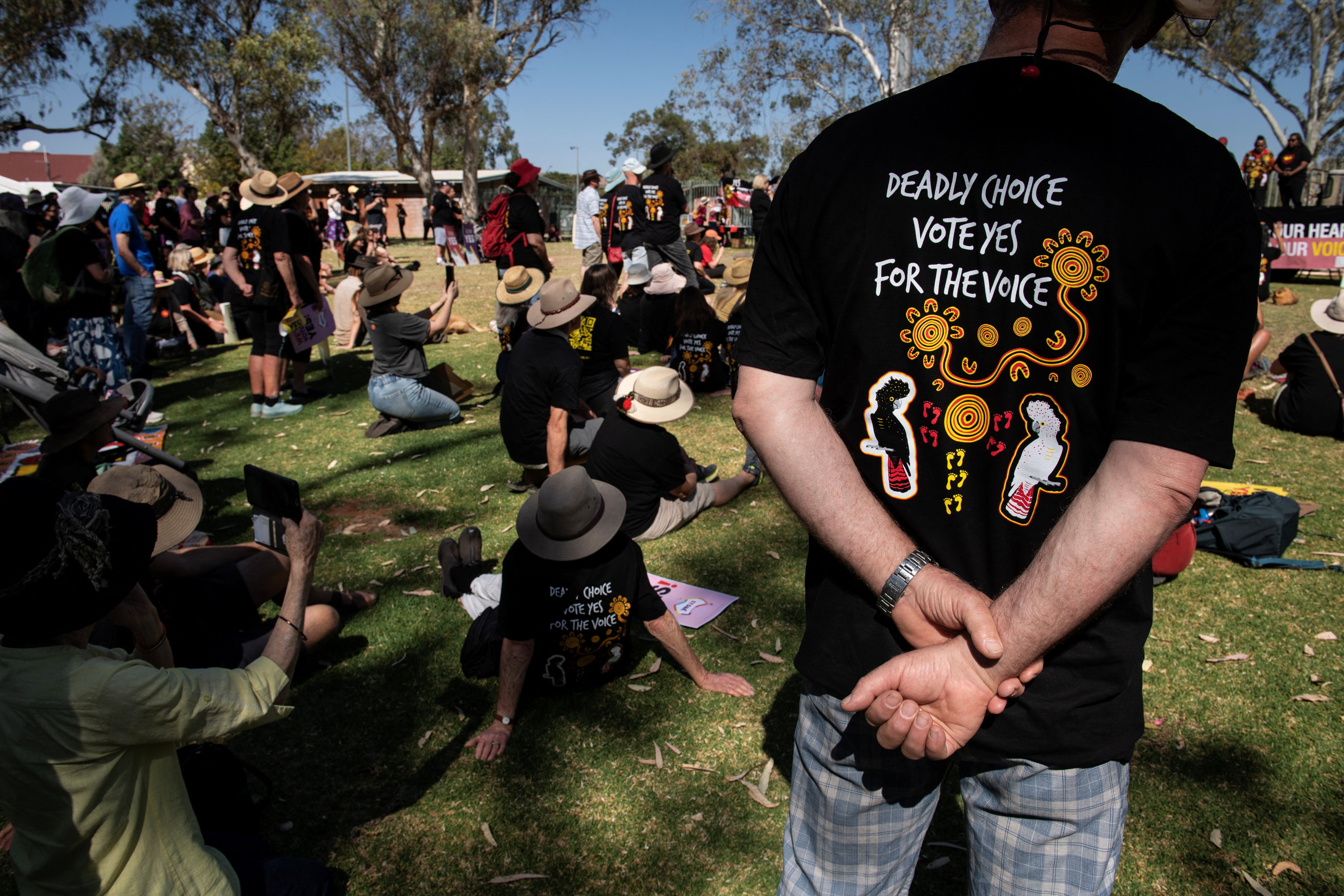
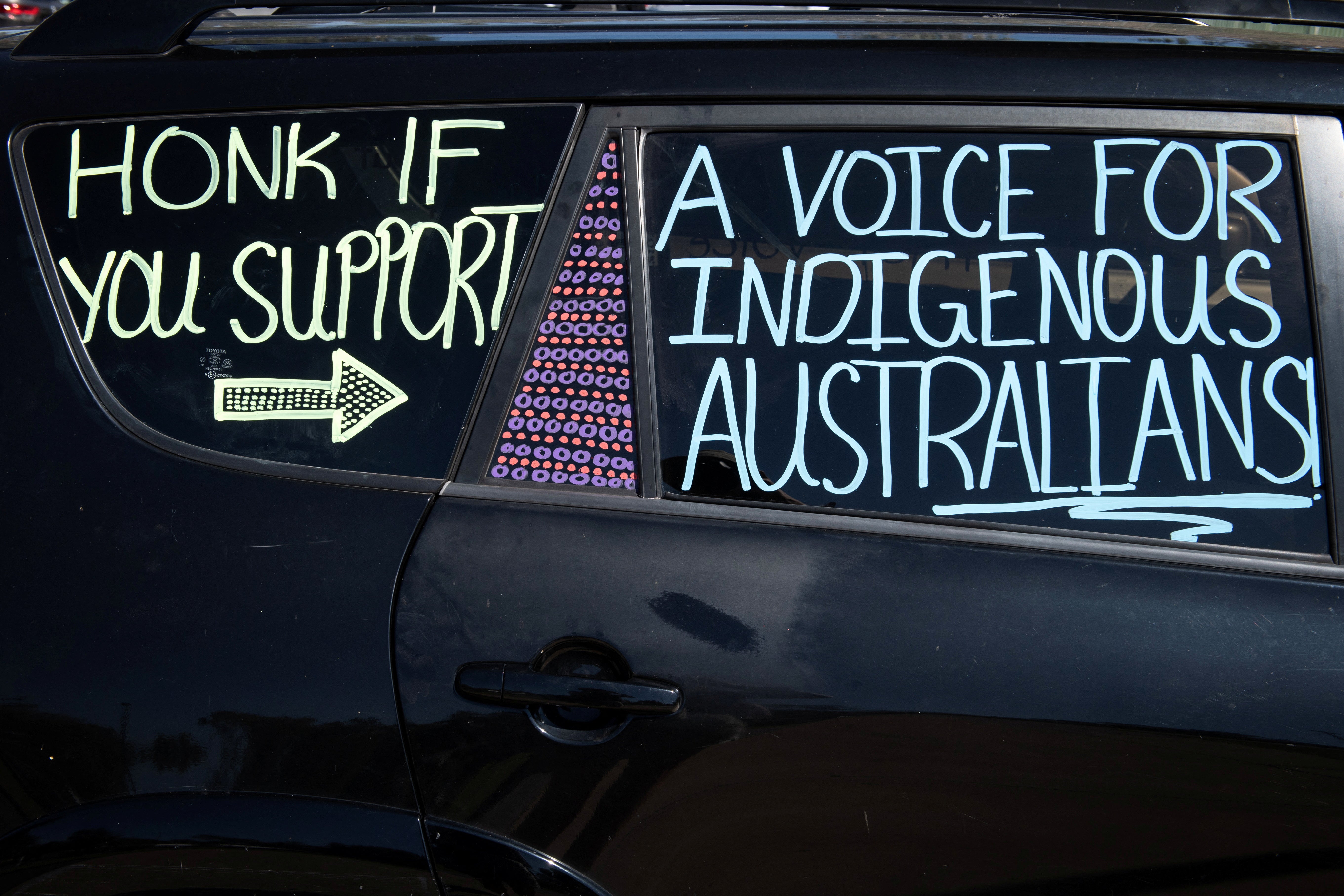
The lack of specificity has been a theme for the Voice’s detractors, fuelling fears on the right about its intentions. In this climate of uncertainty, with polls showing many voters undecided, the campaign against the Voice has prospered with a message of, “If you don’t know, vote No”.
Unlike New Zealand, Canada and the US, Australia has no treaty with its Indigenous people, who make up about 3.8 per cent of the population. Under government policies, they suffered dispossession of their homelands and forced separation of children from their parents until well into the 20th century. Many live in poverty and experience lower life expectancy, high incarceration rates and poor educational outcomes.
Photography by Jaimi Joy
Reuters
Join our commenting forum
Join thought-provoking conversations, follow other Independent readers and see their replies
Comments
Bookmark popover
Removed from bookmarks